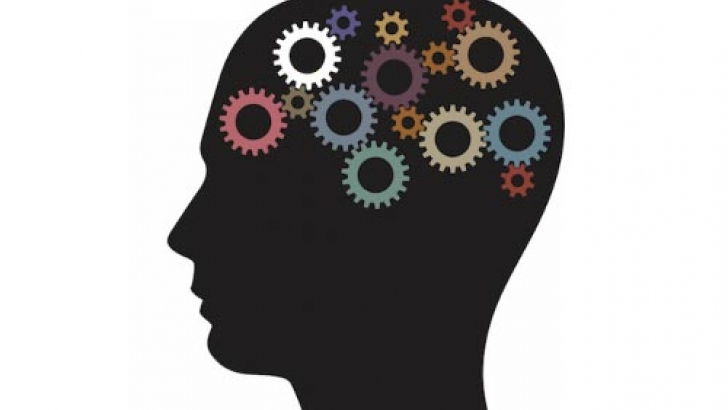Meaghan Ukers Kleine, M.S.

As the pandemic continues, many individuals have been staying at home with their family, friends, or roommates. Under normal conditions, living situations can be tense. It could be a grouchy roommate, a disagreement with parents, rambunctious siblings, or a significant other who isn’t completing their chores. Pre-pandemic you could leave the house for awhile to cool down, visit some friends, and come back home after tensions have defused. However, those options aren’t as feasible now as we continue to social distance and stay at home for an unknown length of time. So how do we navigate issues with the people we are living with while we are stuck at home?
Effective Communication.
The way you communicate with an individual will affect the way they perceive the situation. Dr. David D. Burns, author of The Feeling Good Handbook, identified characteristics of bad communication that will hinder a discussion. Here are a few examples of inappropriate methods of communicating:
• Assigning blame to the other individual.
• Denying your feelings, like saying “I’m not angry” even though you truly are.
• Passive aggressiveness and sarcasm
• Giving up on the conversation because you believe there is no point in trying.
• Criticizing the other individual in response to them criticizing you
• Discussing past issues instead of the current problem
• Maintaining that you are innocent and the issue was solely caused by other individual.
Do you recognize any of these strategies? Most people have likely used one of these methods of communicating in their lifetime. And that’s okay. We are not born with the innate ability to effectively communicate. Effective communication is a learned skill whereas bad communication is easy and emotionally driven. But since we are all stuck at home with the people we live with, now would be a perfect time to practice good communication.
Effective communication starts with developing listening skills. When listening to another person, try to imagine yourself in their shoes. This is called practicing empathy. Empathy can be communicated to another by summarizing a person’s words (thought empathy) or acknowledging their feelings and emotions (feeling empathy). To display that you are actively listening to someone, you can inquiry which involves asking open ended questions to gain insight on their thoughts and feelings. Another method to communicate that you are listening is called the disarming technique. This technique involves finding some form of truth on the other person’s side of the discussion, even if you think they are completely wrong. Developing listening skills for effective communication is important because you want the individual to know their thoughts and concerns are heard by you.
Next, effective communication works on appropriate self-expression. How you express your thoughts and feelings to another individual will be crucial in how they interpret your words. In the heat of the moment, many individuals will use ‘you’ statements to communicate things like “You’re making me angry!” A more appropriate way to communicate your feelings would be to use ‘I feel’ statements such as “I feel upset.” Lastly, when practicing effective communication, respect for the other individual should be expressed by making positive remarks. This technique is called stroking. An example of this would be “I hear your concerns and I appreciate you expressing them to me.”
Developing good communication skills will be beneficial to keep the peace with people you live with during the pandemic. Try eliminating bad communication techniques and practicing effective communication strategies to enhance discussion and reduce arguments!
References
Burns, D. D. (1999). The Feeling Good Handbook. New York: Plume.
